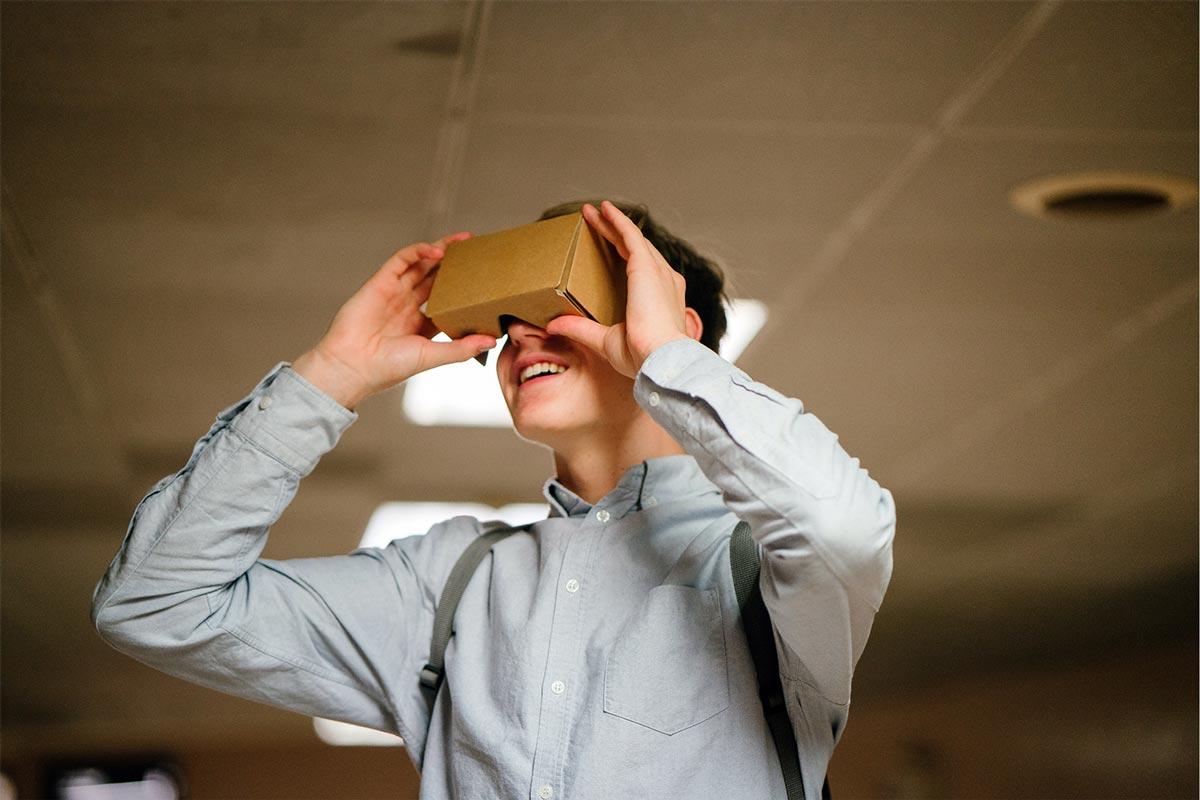News >

How to Keep Up
The steady and rapid growth of technology and its global and socio-economic impact on industries, companies and most recently, politics – was particularly noticeable this past year. The advancements integrated into our everyday lives have impacted consumers and marketers profoundly – changing how we interact, communicate, and experience the world faster than ever before. So, how do we keep up? First, we need to understand what these advancements mean to the average person or consumer and how open they are to the changes surrounding them.
Emerging technology means different things to different people. To some it means the next era and adoption of the likes of AI and autonomous vehicles. In the eyes of everyday people, I like to think that emerging technology, or just technology, is a way of being able to improve our lives. Whether it’s through health, social communications, or improving everyday conveniences – most emerging technology starts with the ambition of doing well and making things better than they were before. It’s then the average person who shapes how it’s going to be used, perceived and adopted on a larger scale.
Industrial designer Raymond Loewy in his theory, “Most Advanced Yet Acceptable”, believed that “consumers are torn between a curiosity about new things and a fear of anything too new and they gravitate to products that are bold but instantly comprehensible’’. To break that down, it’s about making things better and exciting, yet easily recognisable and adoptable. It’s a hard feat but many tech companies have done this well already – Google, Apple, Start Up apps who make things look and feel simple, etc. They create products this way not only for the risk averse, but for the early tech adopters as well, catering to the masses because the benefits – whether for utility, entertainment or relevance of using it – are clear to all audiences.
In the world of marketing and media, on one side, emerging technology is enabling the development of automated marketing technology to deliver mass targeted media, real time data to optimise performance and big data to understand consumers better. On another, emerging technology has given us more diverse and complex communication moments to interact, influence and inspire people through platforms, apps, and social media with. But with technological advancements, there is a great responsibility and challenge for marketers to stay parallel with those advancements. With the explosion of emerging technology, it brings new trends and new communication points for us marketers to talk to our consumers and clients about. And they will continue to shape why, how and what, we as marketers deliver. Therefore, the challenge lies within us and how we use technology to create more engaging media, story tell with more relevant ideas and ultimately deliver higher ROI but on the consumer’s terms.
The responsibility also lies with us to realise that with all the technology at our disposal, it is even more important to be focused on the consumers. Asking ourselves, what motivates people? Why do they act, feel, listen and watch? How can we help and be there? It sounds like simple logic but it’s easy to lose sight of this in a post digital century. The recent political explosion of 2016 humbled us all showing that all the tech and data at our disposal could not predict people’s true intent.
Here are a couple of examples of companies successfully using emerging tech in media:
Through Utility:
WeChat Mini Programs – WeChat has been far ahead of any other social and messenger platform for some time now and they continue to innovate for their users making the utility of their ecosystem even more seamless and easier to use. Launched at the beginning of this year, WeChat introduced mini programs which provide a rich app-like experience, without the necessity of downloading or installing, starting the convergence of mobile web and app. Google announced a similar feature called Instant App last year but was slow to launch. This could have a huge impact in how people in rural and developing markets access content through lower data requirements. Mini Programs are meant to be discovered on social with no official app store. McDonald’s has already capitalised on it to provide coupons to its consumers. WeChat is a prominent app used in Asia and they have continued to dominate in providing one-stop ecosystem experiences for their consumers. This is a space to watch as mini programs might diminish install apps.
Through Entertainment:
Macy’s Virtual Reality Taobao App – Single’s Day, an event that occurs on November 11 in China, sees the highest number of merchandise sales. Macy’s leveraged this day’s popularity by working with Alibaba on a VR experience for Chinese consumers that offered a way to establish and build Macy’s resonance in China. Cardboard VR headsets were sold on Taobao and customers could use them with Taobao’s mobile app from November 1-11 to virtually stroll through Macy’s famed New York flagship store. Discounts were also available in the virtual-reality shopping trip to make the bonanza even more popular among users.
As marketers, we must enable technology to do greater, more creative work and integrate it into our marketing message so our intended audiences find it exciting yet simple, adoptable but unfamiliar; and in turn make them curious, engaged and wanting more.



